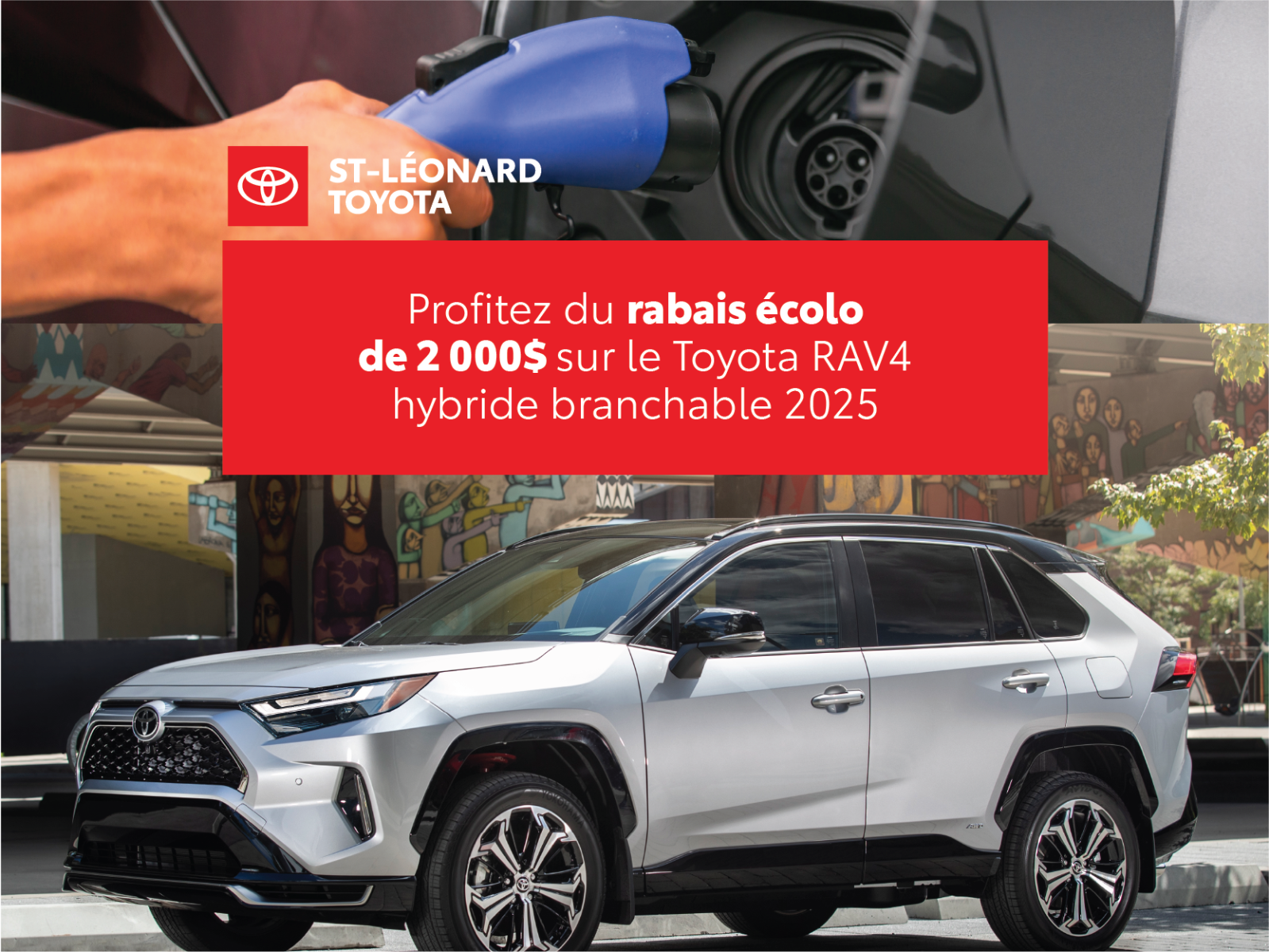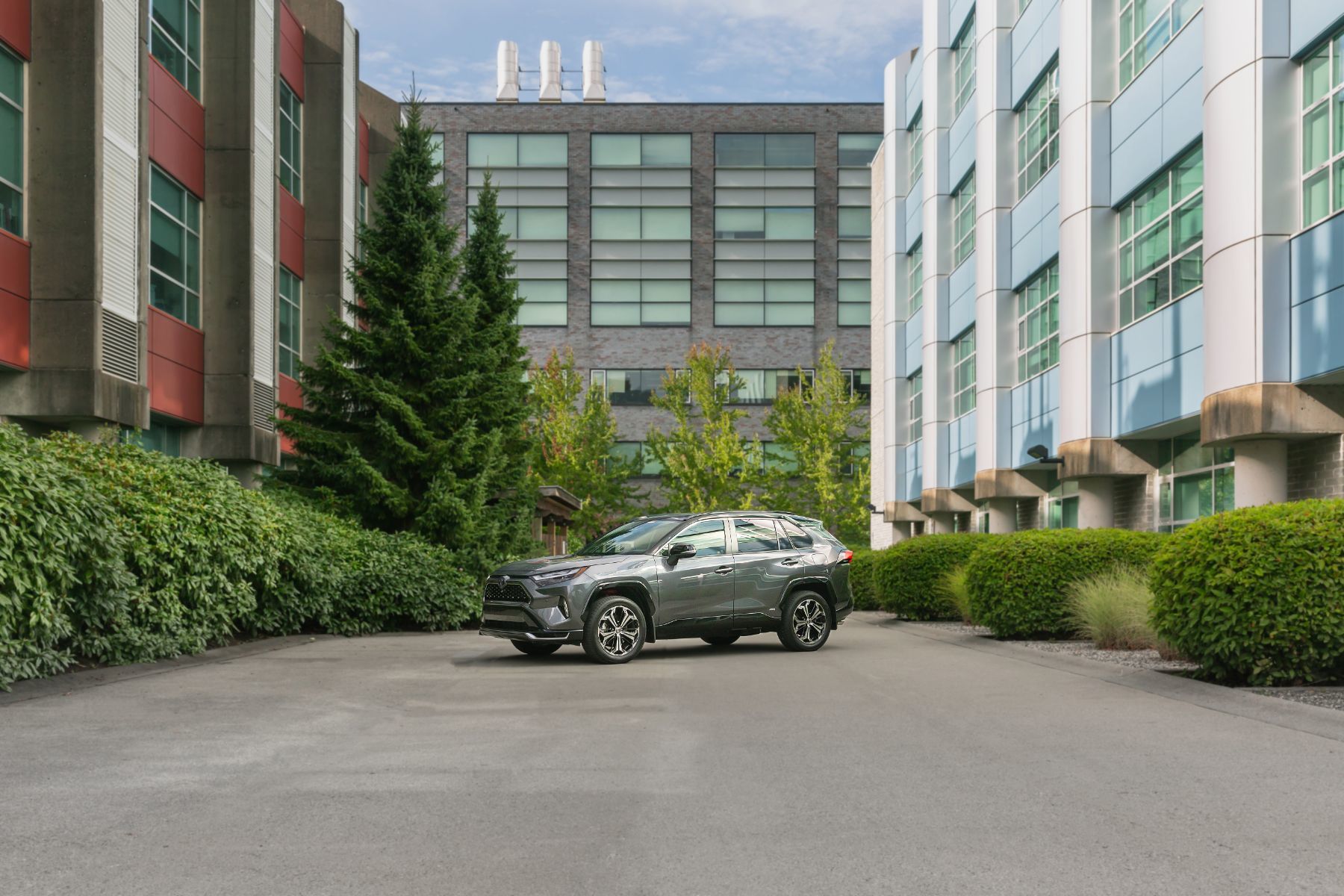
10 Benefits of Switching to an Electric Vehicle (EV)
10 Benefits of Switching to an Electric Vehicle (EV) As the shift toward sustainable transportation accelerates, electric vehicles (EVs) are...
Read more
St-Léonard Toyota
5800 Metropolitan Boulevard East, Saint-Leonard, QC, H1S1A7
When buying a new Toyota vehicle, one of the first major decisions Quebec drivers must make is whether to lease or finance. Both choices can make sense, depending on your financial goals, lifestyle, and driving habits. At Toyota Saint-Léonard, our goal is to make sure every client understands the pros and cons of each option before committing. By understanding the key differences, you can select the solution that fits your long-term needs, whether that means lower payments and flexibility or ownership and equity.
Financing a vehicle means purchasing it over time, usually through a loan from Toyota Financial Services or a financial institution. Each monthly payment covers both the vehicle’s cost (the principal) and the interest on the loan. Once the loan term is complete, the vehicle is entirely yours, othere are no mileage limits or restrictions on how you use it.
Key advantages of financing include:
The main trade-off is that monthly payments are often higher than lease payments because you’re paying for the vehicle’s full value, not just the portion you use.
Leasing a vehicle is similar to a long-term rental. You pay for the portion of the vehicle’s value you use over a specific term, typically between 24 and 60 months. At the end of the lease, you can either return the vehicle, start a new lease on a different model, or buy the vehicle for its residual value (the amount agreed upon at the start of the lease).
Advantages of leasing include:
However, leasing has mileage limits (often 16,000–24,000 km per year). Exceeding these limits can result in extra charges, making financing a better choice for drivers with longer commutes or frequent road trips.
In Quebec, leasing is particularly popular. Drivers appreciate the lower monthly costs, predictable payments, and opportunity to enjoy a new Toyota every few years. Many customers also prefer leasing because it allows them to easily upgrade to newer models as hybrid and electric technology evolves.
Financing, on the other hand, appeals to buyers who value long-term ownership and want to maximize the return on their investment. It’s also ideal for drivers who plan to keep their vehicle for more than five years or who drive significantly more than the average annual mileage limit.
Ultimately, the choice between leasing and financing depends on your personal situation. Leasing offers convenience, lower payments, and flexibility to upgrade, while financing builds equity and offers full ownership freedom. At Toyota Saint-Léonard, our financial specialists take the time to evaluate your needs, budget, and driving habits to help you choose the best solution—so you can enjoy your new Toyota with total confidence.

10 Benefits of Switching to an Electric Vehicle (EV)
10 Benefits of Switching to an Electric Vehicle (EV) As the shift toward sustainable transportation accelerates, electric vehicles (EVs) are...
Read more
Take Advantage of the $2,000 Government Eco-Rebate on the 2025 Toyota RAV4 Plug-In Hybrid
Take Advantage of the $2,000 Government Eco-Rebate on the 2025 Toyota RAV4 Plug-In Hybrid The 2025 Toyota RAV4 Plug-In Hybrid (XSE) is not only a...
Read more
Toyota RAV4 2025: Gasoline or Plug-In Hybrid – Which One Is Right for You?
Toyota RAV4 2025: Gasoline or Plug-In Hybrid – Which One Is Right for You? The 2025 Toyota RAV4 remains one of the most popular SUVs in Canada...
Read more